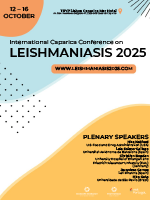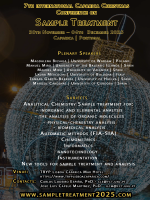Proteomic and lipidomic analysis of primary mouse hepatocytes exposed to metal and metal oxide nanoparticles
DOI: 10.5584/jiomics.v5i1.184
Abstract
The global analysis of the cellular lipid and protein content upon exposure to metal and metal oxide nanoparticles (NPs) can provide an overview of the possible impact of exposure. Proteomic analysis has been applied to understand the nanoimpact however the relevance of the alteration on the lipidic profile has been underestimated. In our study, primary mouse hepatocytes were treated with ultra-small (US) TiO2-USNPs as well as ZnO-NPs, CuO-NPs and Ag-NPs. The protein extracts were analysed by 2D-DIGE and quantified by imaging software and the selected differentially expressed proteins were identified by nLC-ESI-MS/MS. In parallel, lipidomic analysis of the samples was performed using thin layer chromatography (TLC) and analyzed by imaging software. Our findings show an overall ranking of the nanoimpact at the cellular and molecular level: TiO2-USNPs









